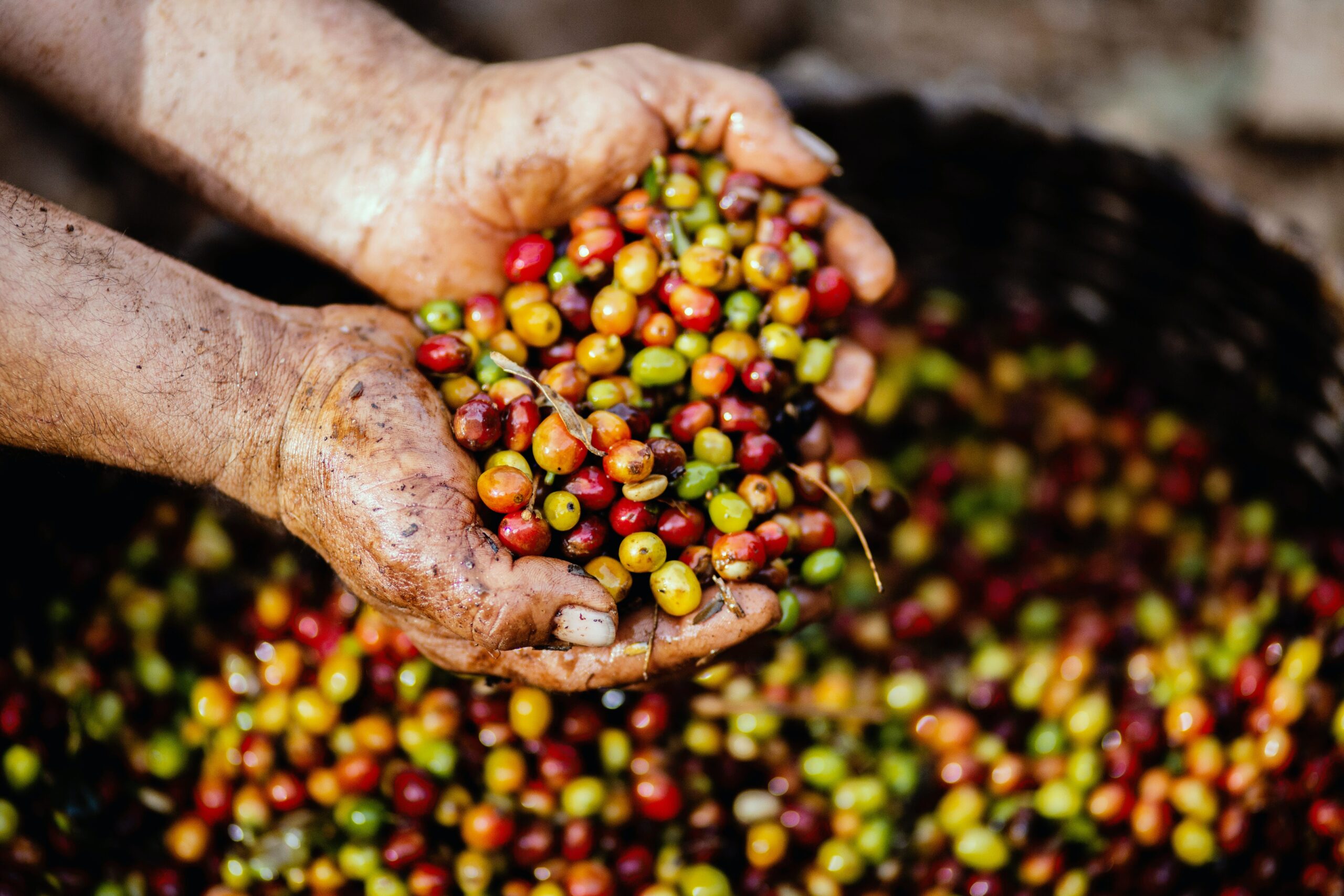Introduction:
Rheumatism is a condition that causes inflammation and pain in the joints, muscles, and connective tissues. Traditional medicine often relies on medications that may have side effects, but an alternative approach gaining popularity is homeopathy. Homeopathy is a holistic system of medicine that treats the individual as a whole, addressing the root cause of the ailment. In this blog, we will explore five powerful and effective ways homeopathy can be used to alleviate and even cure rheumatism.
1. Arnica Montana:
Arnica Montana is considered effective in the treatment of rheumatism due to its unique properties and the way it addresses specific symptoms associated with this condition. Here are some reasons why Arnica Montana is commonly recommended in homeopathic treatment for rheumatism:
- Anti-Inflammatory Properties: Arnica is known for its potent anti-inflammatory effects. Rheumatism often involves inflammation of joints and surrounding tissues, leading to pain and discomfort. Arnica helps reduce inflammation, which, in turn, alleviates symptoms like swelling and pain.
- Pain Relief: One of Arnica’s primary applications is in the relief of pain, making it valuable for conditions like rheumatism where pain is a predominant symptom. It is particularly effective for sore, bruised sensations in muscles and joints. Arnica’s pain-relieving properties contribute to improved mobility and comfort for individuals with rheumatism.
- Trauma and Bruising: Rheumatism symptoms can sometimes be exacerbated by physical trauma or injury. Arnica is well-known for its ability to address the consequences of trauma, such as bruising and soreness. For individuals with rheumatism who may experience flare-ups due to injuries or overexertion, Arnica can be a valuable remedy.
- Whole-Person Approach: Homeopathy, including the use of Arnica, focuses on treating the individual as a whole, considering not only the physical symptoms but also the mental and emotional aspects. This holistic approach is essential in rheumatism, where factors like stress and emotional well-being can influence the severity of symptoms. Arnica helps restore balance on multiple levels.
- Improved Blood Circulation: Arnica is believed to enhance blood circulation, which can be beneficial for conditions like rheumatism. Improved circulation helps deliver oxygen and nutrients to affected joints and muscles, promoting the healing process and reducing stiffness.
2. Rhus Toxicodendron:
Rhus Toxicodendron, commonly known as Rhus Tox, is a homeopathic remedy that is often considered effective for treating rheumatism due to its specific symptom picture and its traditional use in homeopathic practice. Here are some reasons why Rhus Toxicodendron is considered beneficial for rheumatism:
- Aggravation from Rest and Relief from Motion:
- One of the key characteristics that indicate the need for Rhus Tox is the aggravation of pain from rest and the relief of pain from continued motion. Individuals who experience stiffness that improves with movement and worsens with prolonged inactivity may find relief with Rhus Tox.
- Stiffness and Tenderness:
- Rhus Tox is often recommended for cases where joints are stiff and become more flexible with movement. There may be a sensation of tension or stiffness, and the affected joints can be extremely tender.
- Worsening Symptoms in Cold, Wet Weather:
- Individuals who benefit from Rhus Tox may experience an aggravation of symptoms in cold, damp weather. The remedy is often associated with rheumatic conditions that worsen in such environmental conditions.
- Restlessness and Discomfort:
- People requiring Rhus Tox may exhibit a sense of restlessness and a constant need to change positions to find relief. The discomfort may be described as a “bruised” feeling, and the affected joints might feel hot and swollen.
- Lingering Effects of Sprains and Strains:
- Rhus Tox is also known for its application in cases where rheumatism is a consequence of overexertion, strain, or exposure to dampness. It is often recommended for conditions arising from muscle or ligament injuries, especially when the symptoms linger.
- Application in Acute and Chronic Cases:
- Rhus Tox is versatile and can be used in both acute and chronic cases of rheumatism. It is commonly employed in conditions such as rheumatoid arthritis, osteoarthritis, and other inflammatory joint disorders.
3. Bryonia Alba:
Bryonia Alba, commonly known as Bryonia, is considered an effective homeopathic remedy for treating rheumatism due to its specific properties and indications. Homeopathy is based on the principle of “like cures like,” meaning that a substance that can cause symptoms in a healthy person can be used in a highly diluted form to treat similar symptoms in an individual who is unwell. Here are some reasons why Bryonia Alba is often recommended for rheumatism:
- Aggravation from Motion:
- One of the key indications for Bryonia is aggravated pain with the slightest movement. In rheumatism, joints can be extremely painful, and any motion may intensify the discomfort. Bryonia is known to provide relief when the patient finds relief in absolute stillness and worsens with motion.
- Stiffness and Inflammation:
- Bryonia is particularly useful when there is stiffness in the affected joints along with inflammation. Rheumatism can often lead to swelling and redness in the joints, and Bryonia aims to address these symptoms. The remedy targets joints that are hot, swollen, and red.
- Dryness of Mucous Membranes:
- Homeopathic remedies often take into account the overall state of the patient. Bryonia is associated with a dryness of mucous membranes, and individuals needing this remedy might also experience dryness in the mouth and thirst for large quantities of water.
- Prevention of Further Inflammation:
- Bryonia is believed to have anti-inflammatory properties. It is thought to help prevent the progression of inflammation in the affected joints. By addressing inflammation at its root, Bryonia may contribute to the reduction of pain and improvement in joint mobility.
- Specific Rheumatic Symptoms:
- Bryonia is often prescribed for specific rheumatic symptoms, such as pain that is stitching or tearing in nature. It is indicated when the pain is worse from the slightest movement but better from rest and pressure. These characteristics help homeopaths match the remedy to the individual’s unique set of symptoms.
4. Ledum Palustre:
Ledum Palustre, commonly known as Ledum, is a homeopathic remedy that is believed to be effective in treating rheumatism due to its unique set of characteristics and symptom picture. While individual responses to homeopathic remedies can vary, there are several reasons why Ledum Palustre may be considered beneficial for rheumatism:
- Affinity for Small Joints: Ledum is often recommended for rheumatism that predominantly affects smaller joints, such as those in the fingers and toes. The remedy is particularly associated with conditions where there is pain, swelling, and inflammation in these smaller joints.
- Relief from Cold Applications: One distinctive feature of Ledum is its affinity for symptoms that are relieved by cold applications. Individuals who benefit from Ledum often find relief from cold compresses or cold packs. This characteristic makes it well-suited for cases where the affected joints feel better when exposed to cold.
- Aggravation from Warmth: Conversely, Ledum is indicated when symptoms worsen with warmth. If the affected joints become more painful and swollen with warmth or heat, Ledum may be considered an appropriate homeopathic remedy.
- Puncture Wounds and Injuries: Ledum is also known for its application in treating puncture wounds and injuries, especially those that are cold to touch and have a bluish appearance. It is believed to have a detoxifying effect, helping the body eliminate toxins associated with injuries and inflammatory conditions.
- Gouty Conditions: Ledum is sometimes recommended for gouty conditions where there is pain and swelling in the joints, particularly the small joints of the feet. Gout is a form of inflammatory arthritis, and Ledum’s ability to address these symptoms may make it a suitable remedy.
5. Ruta Graveolens:
Ruta Graveolens, commonly known as Ruta, is considered effective in treating rheumatism due to its specific properties and actions on the body. Here are some reasons why Ruta Graveolens is often used in homeopathic treatment for rheumatism:
- Affinity for Tendons and Ligaments:
- Ruta has a particular affinity for the tendons and ligaments, making it well-suited for conditions where these structures are affected. Rheumatism often involves inflammation and pain in the connective tissues, and Ruta’s focus on these areas makes it valuable in such cases.
- Strains and Overexertion:
- It is especially indicated in cases where the rheumatism is a result of strains, overexertion, or repetitive stress on the joints. People who engage in activities that put excessive strain on specific joints, such as wrists or knees, may benefit from Ruta.
- Stiffness and Soreness:
- Ruta is known to address stiffness and soreness in the joints, particularly after overuse or injury. Individuals experiencing a sensation of bruising or a feeling of being beaten up in the affected areas may find relief with Ruta.
- Promoting Healing:
- One of the key aspects of Ruta is its ability to promote healing in connective tissues. This can be crucial in rheumatism cases where inflammation and damage to tendons or ligaments are present. Ruta is believed to stimulate the body’s natural healing processes.
- Aggravation from Motion and Overuse:
- Ruta is often indicated when the pain in the affected joints is aggravated by motion or overuse. This characteristic symptom aligns with the homeopathic principle of “like cures like,” where a substance that can produce certain symptoms in a healthy person is used to treat similar symptoms in a person who is unwell.
- Cold Applications:
- Rheumatism often involves symptoms that respond to temperature variations. Ruta is known to be helpful when the pain is relieved by cold applications. This sensitivity to temperature is considered in the selection of this remedy for specific cases of rheumatism.







Do you offer online consultation?
We do offer online consultation ! you can WhatsApp us for consultation.